3327 and MVP Workshop, alongside Parity, organized the first in-person Polkadot Meetup in Belgrade.
It was a blast. Everything! From the presentations, the audience, their questions, and of course networking at the end.
It is clear now that Belgrade became the Web3 Hub. There you may find teams and individuals active in every segment of the web3 world nowadays.
Before we share the atmosphere and details, we would like to thank our host Stefan from Parity, Filip Pajic from our R&D department (3327), who presented one of the easiest ways to start coding with Substrate and, of course, Shawn for an excellent presentation and for answering every single question! Believe us, there were a lot of them.
Below you may find a detailed overview of the meetup and fill the atmosphere through the pictures taken from meetup participants.
Agenda
The event started with Stefan Sopic talking about Parity, what they do, some of their most important projects, and future plans.
Next up, we had our very own Filip Pajic talk about Substrate Blockchain Starter Kit and how to use it in the Web 3.0 industry. We will cover Substrate Blockchain Starter Kit in more detail later in this post.
Finally, to close off the conference part of the meetup, we had Shawn Tabrizi from Parity talk about the Polkadot ecosystem and ten things currently happening in the Polkadot ecosystem that you probably missed.
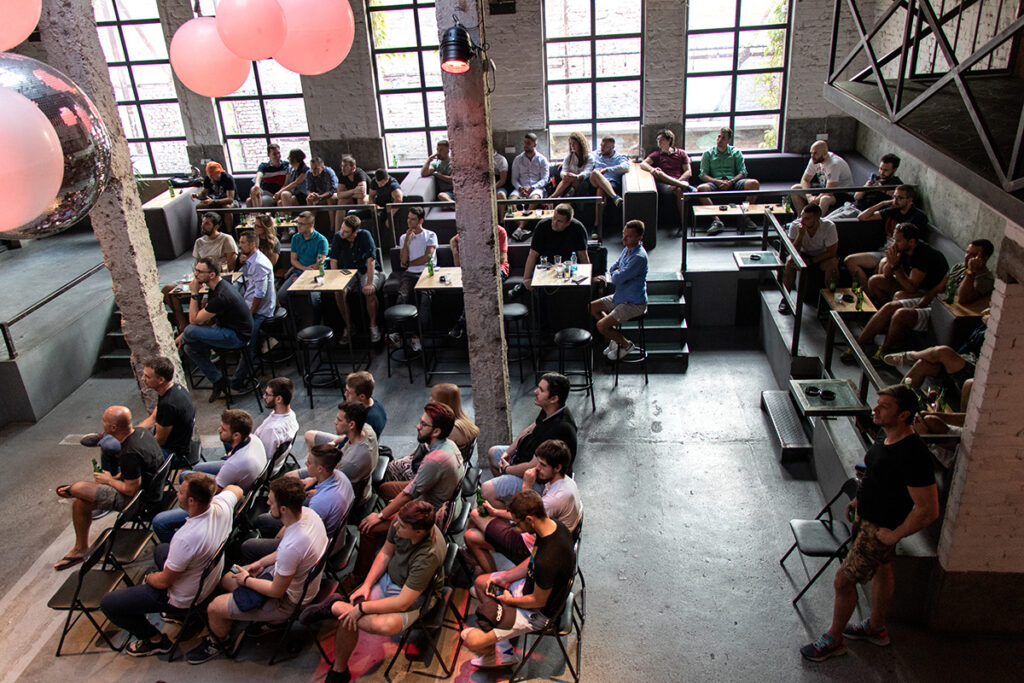
Substrate Starter Kit
As we mentioned, below is a semi-deep dive into Substrate Starter Kit and what it is.
What is Substrate?
Substrate is a framework built by Parity that provides core components to build a blockchain. It is a framework used to build the Polkadot, but you can also build other blockchains. Substrate provides you with the core components of a blockchain, such as a database layer, networking layer, consensus engine, transaction queue, and so on.
How to use Substrate and why?
Substrate provides you with the core predeveloped components. These components are named pallets, and each of them has different functionality. By combining these pallets, you can create a blockchain suited for your needs and save much-needed time that is important in the fast-growing world of Web 3.0.
Substrate Blockchain Starter Kit
Finally, What is a Substrate Blockchain Starter Kit?
Substrate Blockchain Starter Kit is a tool that allows you to build out and deploy your blockchain in less than a minute! By dragging and dropping code pallets onto the canvas, you can create your very own blockchain.
This kit focuses on using one of the key benefits of Substrate, its modularity, and the option to use predeveloped code pallets for creating a blockchain crafted to your specific needs.
Pallets ensure that you can build a blockchain easier, faster, and more robust, as many pallets have already been audited and used in many different blockchains.
Benefits of the Substrate Blockchain Starter Kit
This kit enables anyone to learn about pallets and their relationships (dependencies) quickly. The interaction with pallets and satisfying dependencies is maximally simplified, helping users effortlessly explore and understand the Substrate framework.
Dependencies in the workspace enable anyone to explore, learn, and build with Substrate.
How to start using it?
There are a few things that you have to complete before you can deploy your custom blockchain. But don’t worry, it is very easy! Check out this blog post and this video to learn how to do it.
10 Things You May Have Missed in the Polkadot Ecosystem
Before we dive into the things you probably missed about Polkadot, first, we need to explain Polkadot and the logic behind it. We also recommend checking out this guide on the Polkadot wiki that explains everything, or you can watch this video if you find it easier that way.
Forkless Runtime Upgrades
Forkless Runtime upgrades allow Polkadot to change the chain’s logic without the need for a hard fork.
You may have come across the terms “hard fork” and “soft fork” before in the blockchain space.
A hard fork sees the blockchain’s underlying technology radically changed and exists as a different or new version. This version is incompatible with the original version. This means that both blockchains exist simultaneously. Henceforth, a hard fork requires node operators to upgrade their nodes to the latest runtime version manually. In a distributed system, this is a complex process to coordinate and communicate.
A soft fork sees an upgrade or update in the blockchain’s underlying technology. Unlike a hard fork, a soft fork is a backward-compatible upgrade; the upgraded nodes can communicate with the non-upgraded ones.
Upgrading conventional blockchains often requires forking the network, which is time-consuming and can break up communities. Conventional networks cannot also perform thought-through governance to allow for effective decision-making and signaling for runtime upgrades.
Polkadot sees itself as a next-generation blockchain because it addresses these obstacles in a meaningful way – revolutionizing the runtime upgrading process by enabling blockchains to upgrade themselves without the need to fork the chain. These forkless upgrades are enacted through Polkadot’s transparent on-chain governance system.
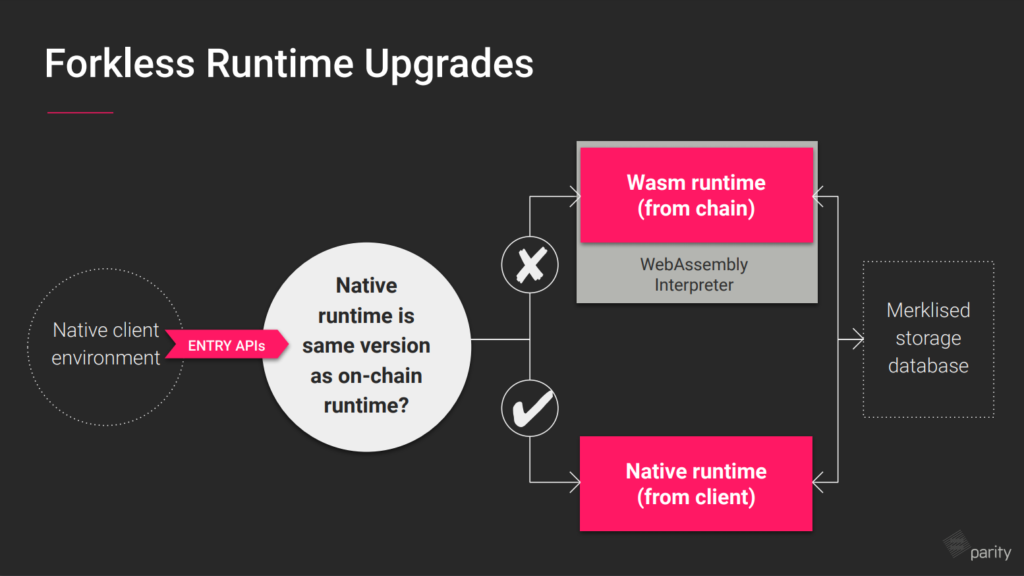
Parachain Auctions and Crowdloans
Parachain Auctions and Crowdloans in the Polkadot ecosystem function in the following way:
Polkadot and Kusama are multi-chain protocols, and their primary use is to connect other blockchains.
You can think of Polkadot as the primary network where all the finished products are deployed, and you can think of Kusama as a “beta test” network whose primary function is to test out new projects and ideas that eventually get pushed to the Polkadot network.
To launch a blockchain on either Polkadot or Kusama networks, you need to win an auction against other teams.
Winning an auction will allow you to “lease” your slot on the network for up to 48 weeks and eventually be able to deploy your blockchain or otherwise called parachain, onto the network.
Crowdloans are a similar concept to ICO’s but in a more secure manner. When a team wants to bid for a slot on the network, they create crowdfunding that allows people to send principles (donations) in DOT or KSM. Principles are locked for the duration of the slot lease and will be returned to the original supporters when the lease expires. The team can’t touch any of those funds, and they also can’t decide one day to just run away with them like in the case of ICO’s. In return, people get the native token of the project of whose crowdfunding they supported.
The auction’s name is “the candle auction,” and it has two phases. The first phase is the Auction Opening period, and the second phase is the Ending period. In the opening period, teams place their starting bids and can continue to increase their bids because crowdfunding is still active during that time. Once we enter the ending period, the algorithm announces the winner at a random point in time.
When the winner is declared, their bid value in either KSM or DOT tokens is locked onto the relay chain, and they can start the distribution of their native token and the deployment of their blockchain, aka parachain.
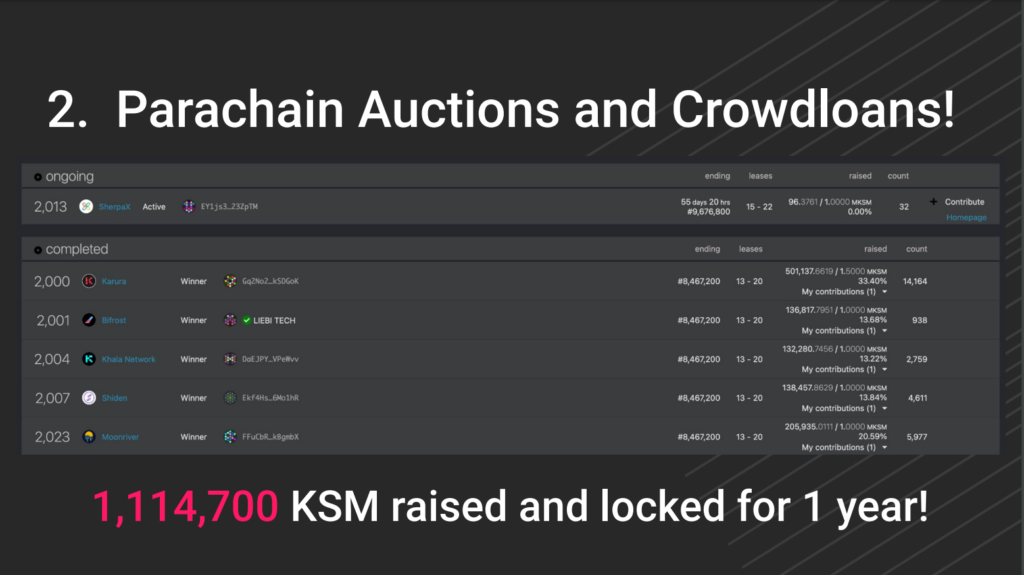
DeFi on Polkadot
We are all very familiar with DeFi in the Web 3.0 world and all the fantastic projects created. Now it is time to get acquainted with the DeFi in the Polkadot and Kusama ecosystems, and what better way to do this than by visiting this blog post that our friends at Parity wrote.
Statemint
We talked about parachains earlier in this blog post, and now we will cover one of the main parachains on the Polkadot and Kusama networks called Statemint.
Statemint is the first common-good parachain that will allow anyone within the Polkadot ecosystem to deploy any digital asset. Assets will range from pieces of art, Central Bank Digital Currencies (CBDCs), tokenized and fractionalized assets and commodities, governance voting rights over dApps, and more, depending on what the owner would like to create.
On other blockchains, on-chain assets are usually issued as smart contracts with common interfaces. Using smart contracts for standardized functionality is destined for inefficiency and high fees, as smart contract platforms must meter every execution step. On the other hand, parachains can encode the interface for assets directly into the chain, allowing cheap and fast execution of common functionality. By encoding asset functionality directly on-chain, the system does not need to meter standard function calls because it already registered the logic and knows what fee to charge.
To deploy an asset, the owner needs to deposit in DOT (or in KSM if they are minting on the Kusama blockchain) into the generic asset chain. There is also the possibility of getting the asset approved via the Relay Chain’s governance, bypassing the need to deposit before deployment. Regardless of how the asset is minted, the asset account needs to maintain a minimum balance. Otherwise, the governance mechanism may delete the account to clear out useless ‘dust accounts’ from the network.
Following the tokenized asset’s deployment, the original issuer can deploy a maintenance team to manage the asset’s future development. This includes the ability to mint new tokens, freeze or burn specific tokens on any account, or freeze all asset tokens. These teams can consist of promoted individuals or through a group of accounts using a multi-sig wallet (such as a Board of Directors or community managers). In the name of decentralization, creators can also grant these privileges to a provably inaccessible account, meaning no entity will have the ability to change the asset’s rules.
Since Statemint will be a common-good parachain, the platform’s future will be entirely dictated by the Relay Chain’s utility token holders. Statemint will leave governance and control of the network to the stakeholders, giving them complete discretion on the direction of the chain. This includes responsibilities like registering a new digital asset without requiring a deposit, changing specific parameters within the chain such as deposit amounts or royalty fees, and upgrading the platform’s functionality through the distributed consensus of the community.
This democratic method will allow for the creation of a wide range of diverse tokenized assets, all usable within the Polkadot and Kusama networks. As a common-good parachain entirely governed by the community, Statemint will demonstrate the true power of a distributed community and provide a wide range of utility to platforms and applications built within the network.
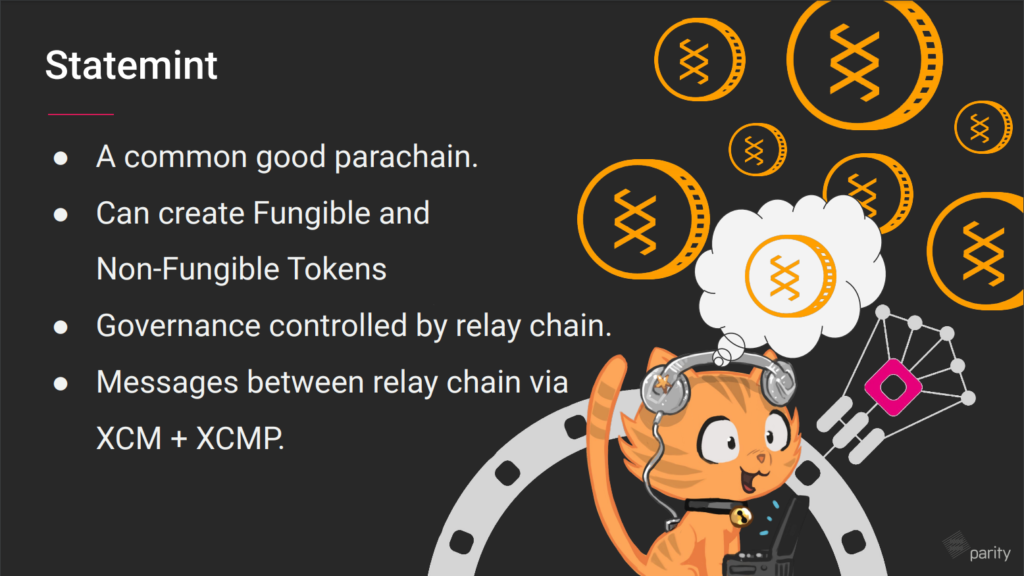
The Kusama Society
If you are interested in Kusama, there is a big chance that you heard about the Kusama Society but never realized what it is. Here is a brief explanation of it.
First of all, the actual name of the Kusama Society is the Kappa Sigma My Society. Now that we got that out of the way, what is it?
In technical terms, Kappa Sigma Mu is a collective created using the society pallet on Substrate. Its principle is defined as an economic game incentivizing users to participate and maintain membership through rewards paid by the collective treasury. But in actuality, the Society is more than just that: It aims to make sure that the Kusama network and its functionalities are known to non-technical users, raise awareness of new forms of organization and identify the link between the on-chain and off-chain worlds.
The Kappa Sigma Mu Society has specific conditions for users to join: An on-chain convention of membership approval exists for candidates to follow. To become part of the Society, the candidate must show “Proof-of-Ink” (PoI) to existing members: in other words, to become a member, you must get a tattoo meeting the specific requirements.
The Society was founded by a single anonymous member who automatically became the original Head. The members support this anonymity as the Head shows commitment to society by voting on new candidates (and many feel that it makes this game more interesting).
If this has piqued your interest about society, you can check out this guide for more in-depth information and a guide on joining the society itself.
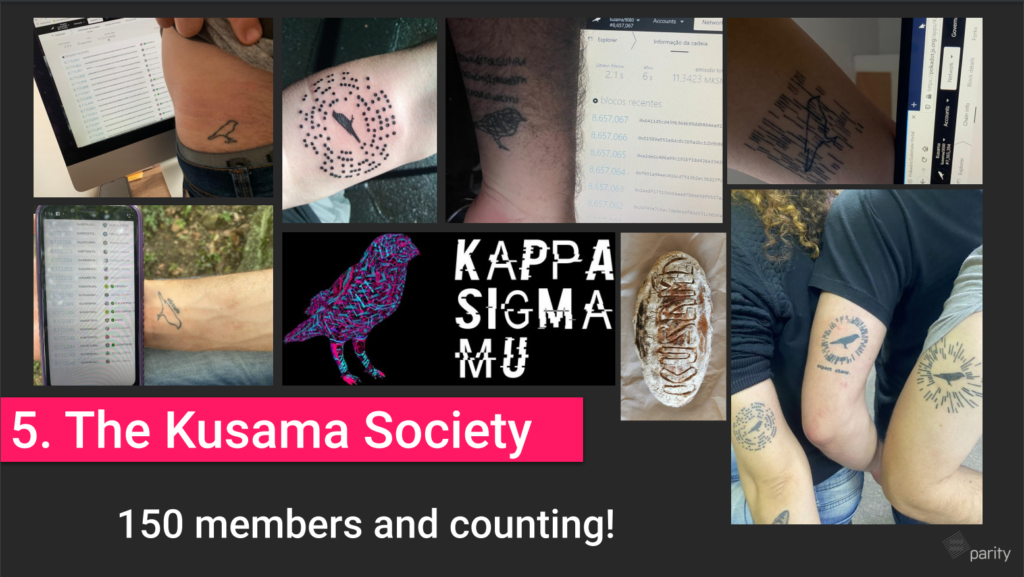
XCM
XCM is a message format that the XCMP Protocol uses for sending and receiving formatted messages across parachains via the Relay chain in the Polkadot ecosystem. For a more detailed explanation and the technical aspects of it, you can check out this wiki page about it.
Cumulus
Cumulus is a library that allows you to convert your Substrate codebase into a compatible Polkadot parachain easily.
Since it is a highly technical subject, we recommend checking out this GitHub page for more in-depth information.
NPoS Staking
Polkadot uses NPoS (Nominated Proof-of-Stake) as its mechanism for selecting the validator set.
The DOT token(native Polkadot token) serves three distinct purposes: governance over the network, staking, and bonding.
Governance
Polkadot token holders have complete control over the protocol. All privileges, which are exclusive to miners on other platforms, will be given to the Relay chain participants (DOT holders), including managing exceptional events such as protocol upgrades and fixes.
Staking
Game theory incentivizes token holders to behave honestly. This mechanism rewards good actors while bad actors will lose their stake in the network. This ensures that the network stays secure.
Bonding
New parachains are added by bonding tokens. Out-dated or non-useful parachains are removed by removing bonded tokens. This is a form of proof of stake.
For more information on how staking on Polkadot works, you can check out this Polkadot Wiki page.
Sub0 Developer Conference
Sub0 Online brings together blockchain developers, substrate developers, and all blockchain enthusiasts worldwide to share and discuss innovative Web3 solutions built using Substrate.
The event covers a deep-dive into unique features of Substrate, showcasing projects that have built and deployed Substrate-based solutions.
People can learn technical skills, discover tools for building better blockchain infrastructure and applications, and leave inspired from connecting with other builders worldwide.
Sub0 has already been organized last October, and you can watch the replay on this link. Sub0 will happen this year again in the fall, so be sure to join in!
The Substrate Developer Hub
Finally, after going through all the exciting things you have probably missed in the Polkadot and Kusama ecosystems, we are returning to square one again, and that is Substrate.
Throughout this blog post, we learned that Substrate is a crucial part of the Polkadot ecosystem. If you find the whole Polkadot ecosystem exciting and want to be a part of it, Substrate is one of the best ways to join in. Head to this link and explore Substrate and the endless possibilities that come with it. Who knows, maybe you get hooked on it and one day create something that will be the turning point in the Web 3.0 industry.

Summary
Here at 3327 and MVP Workshop, we were delighted with how the whole meetup turned out. We had the opportunity to listen, connect, and talk to a lot of great people. It can be said for sure that the Web 3.0 industry is in great hands, and projects like Polkadot confirm that.
We are looking forward to organizing new meetups and conferences and gathering like-minded people from the Web 3.0 ecosystem in Belgrade and the Balkans.
Stay tuned and join our 3327 community to ensure that you don’t miss the next thing we organize.
Photos From the Polkadot Meetup
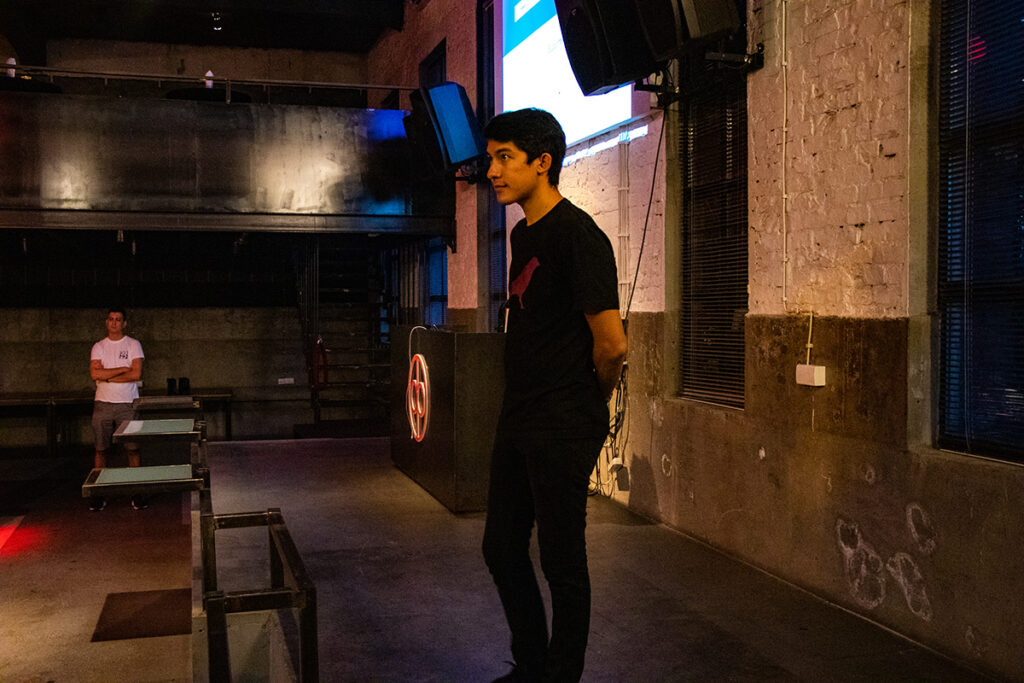
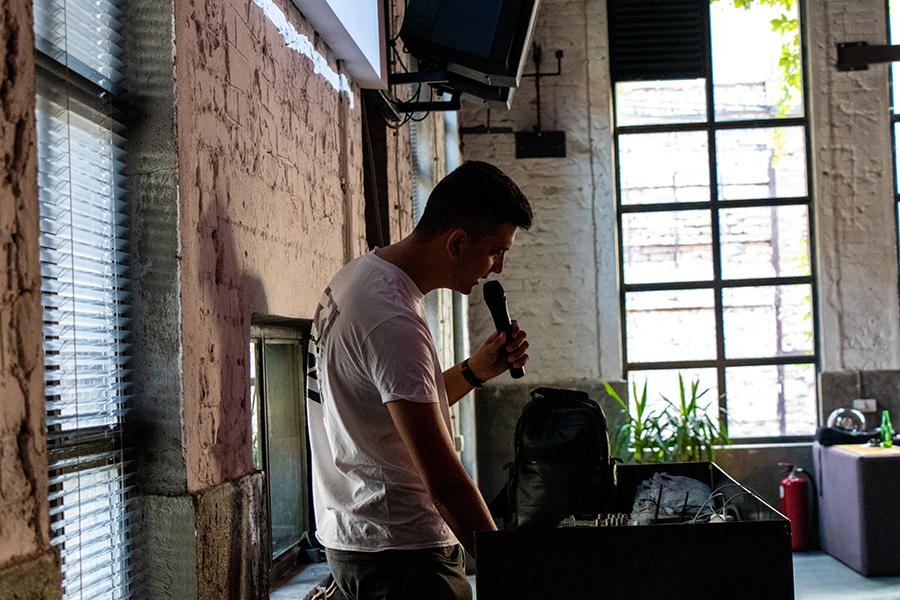

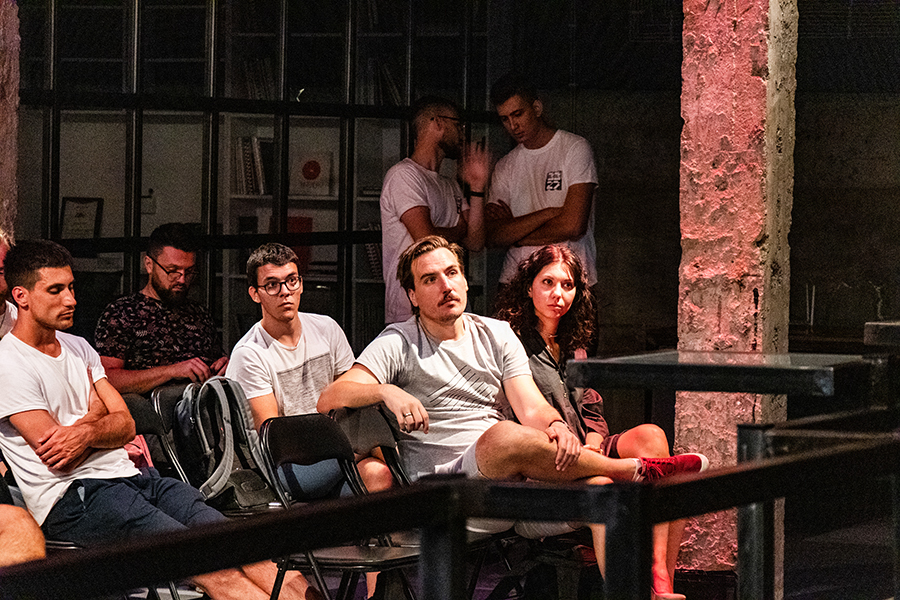
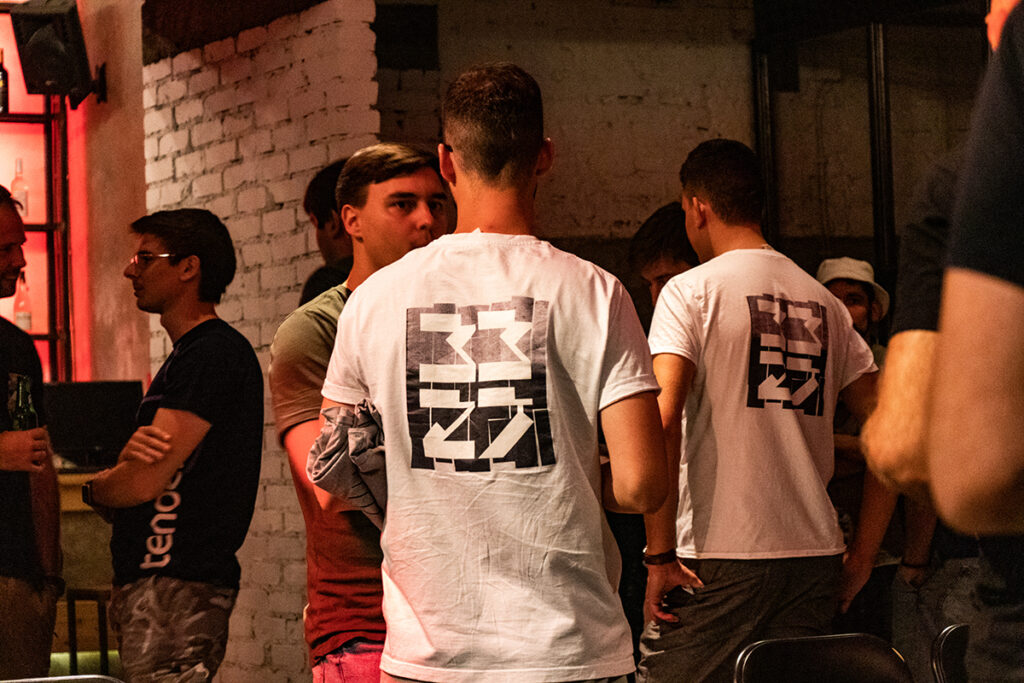
We hope that you wrote down some questions for the next conference! 😉




